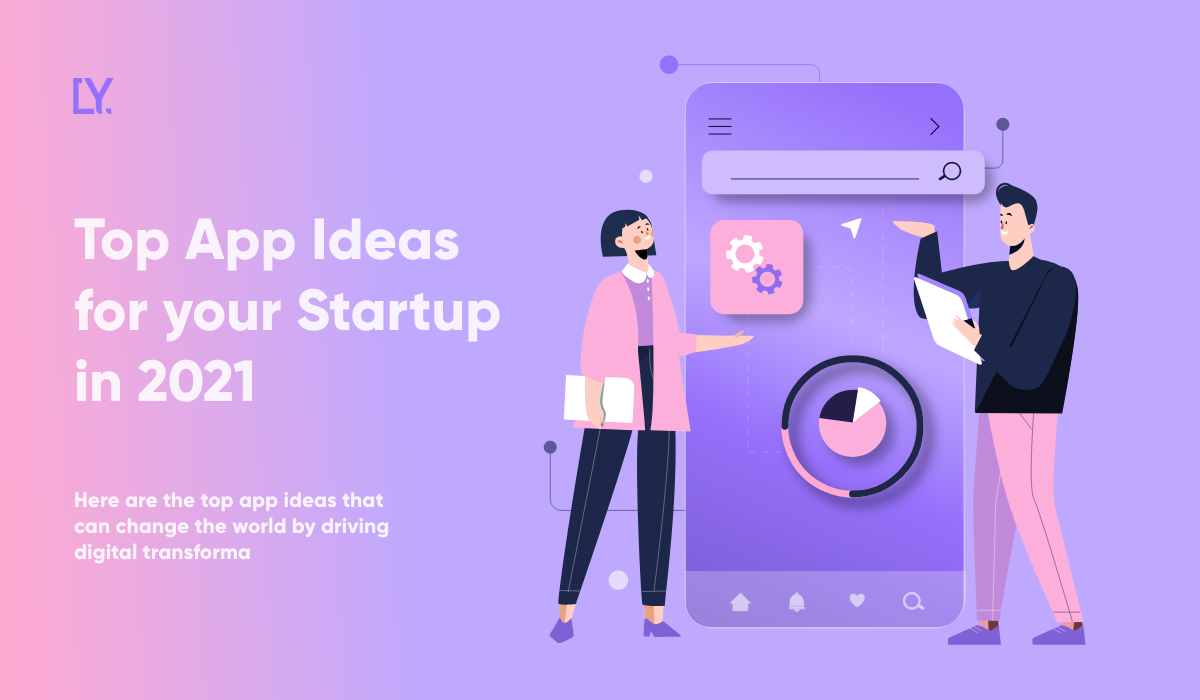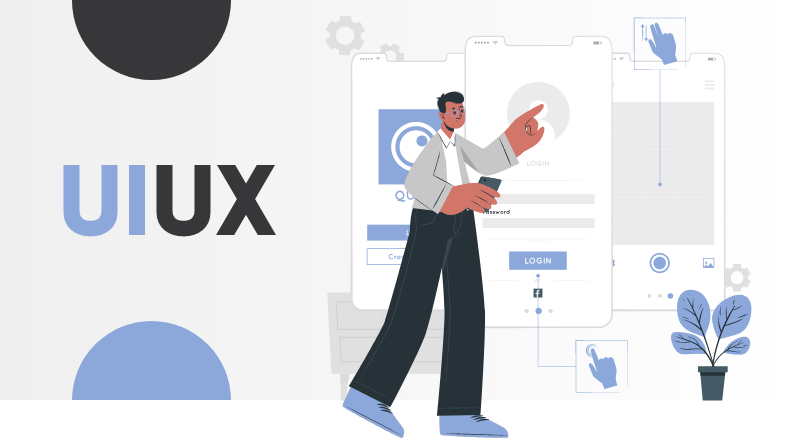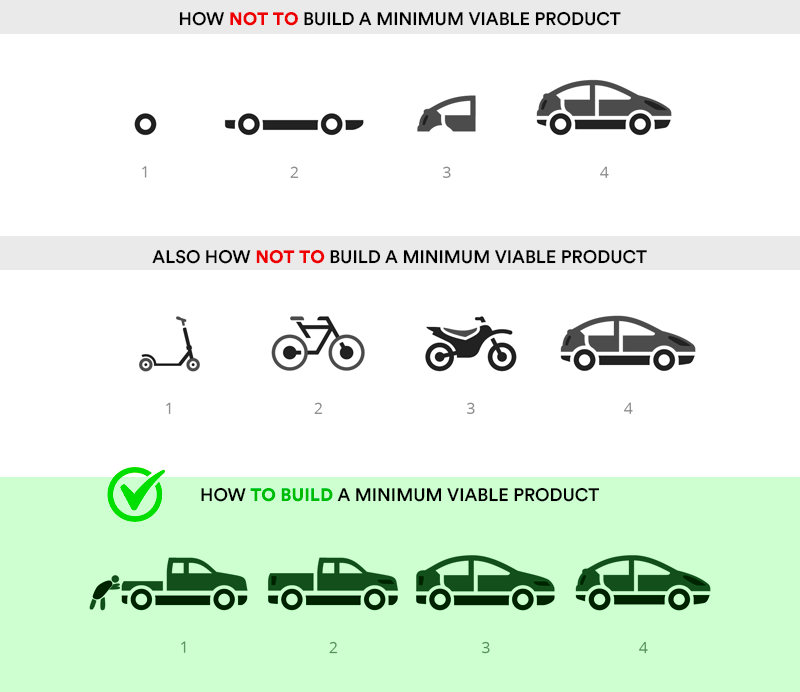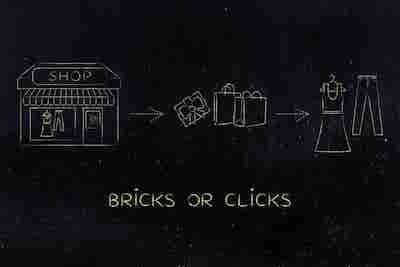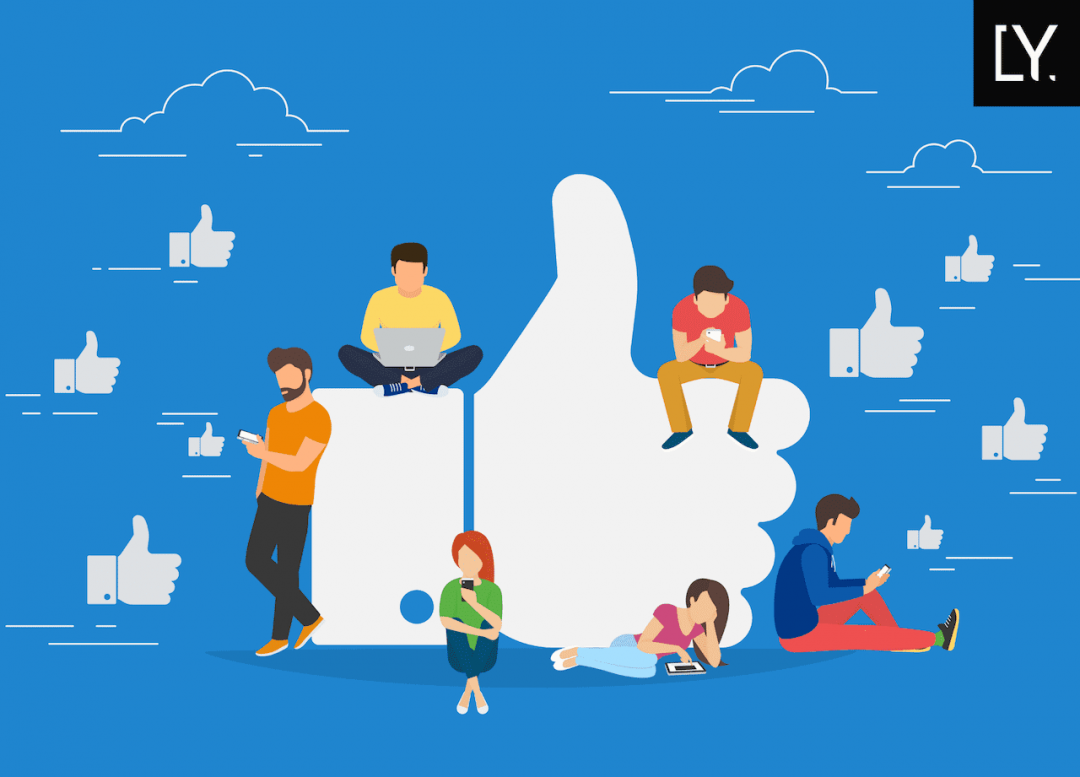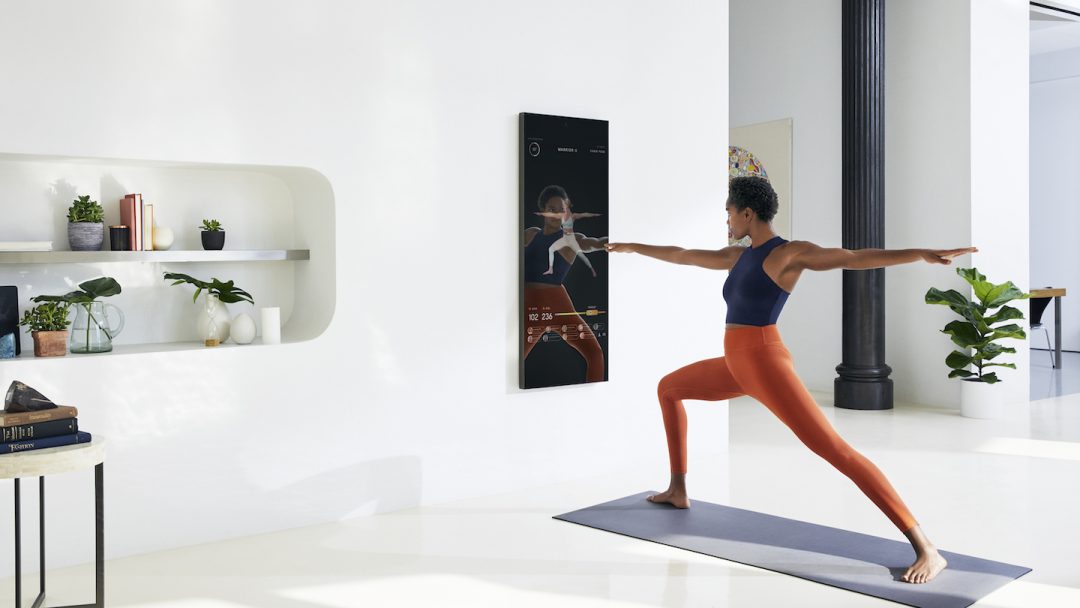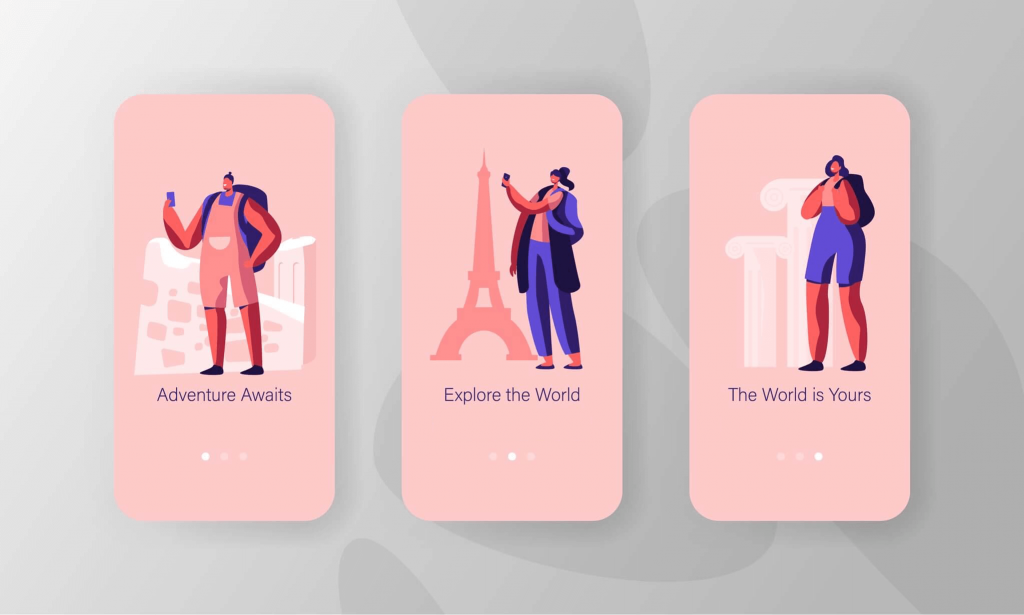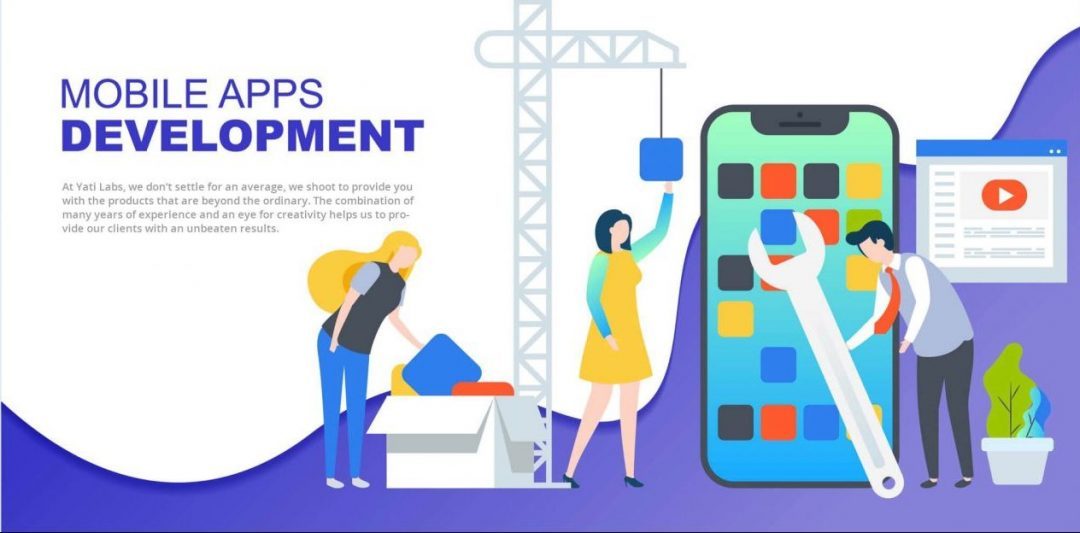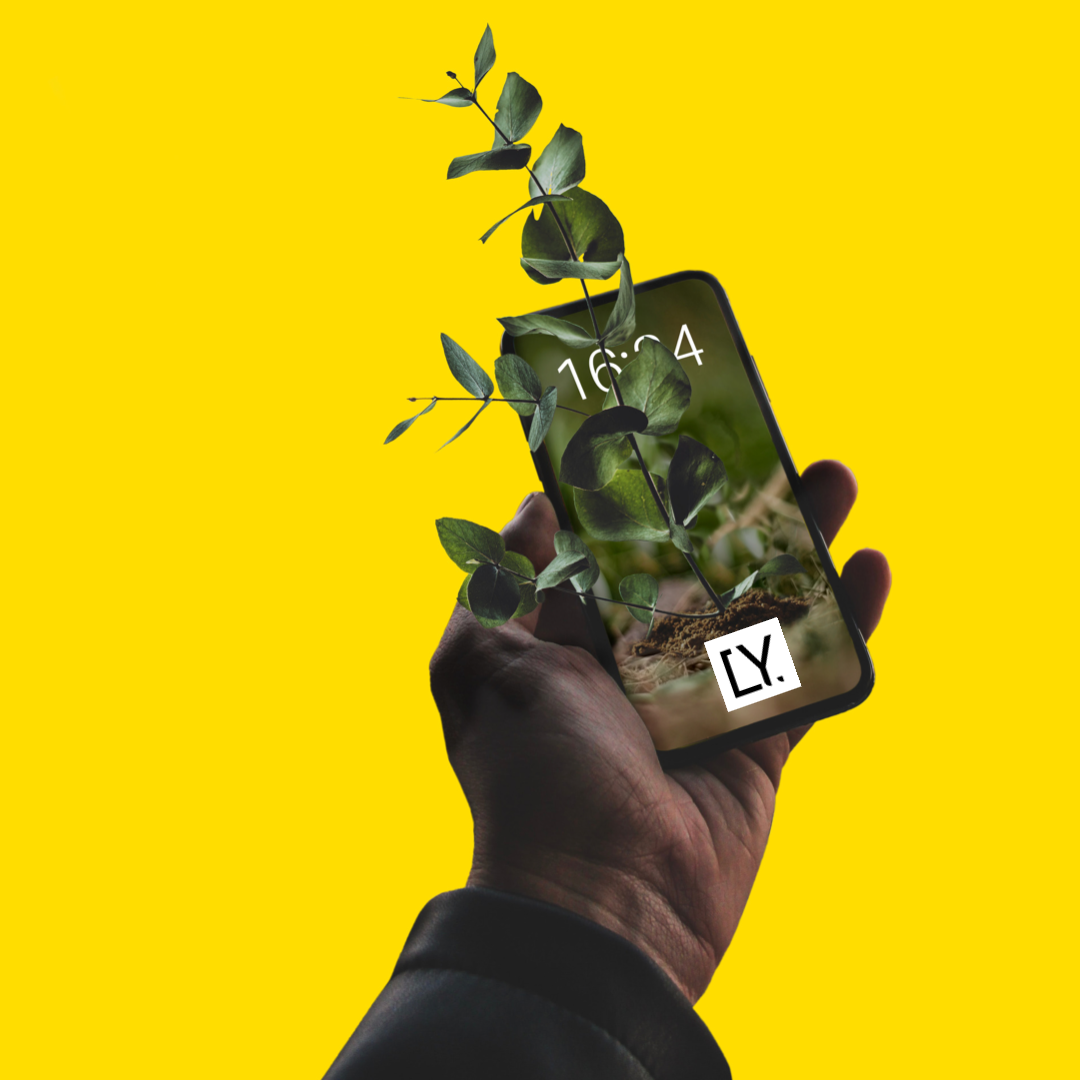How Restaurants and Malls Should Rebuild Customer Trust In The Post-COVID World Using Mobile Apps
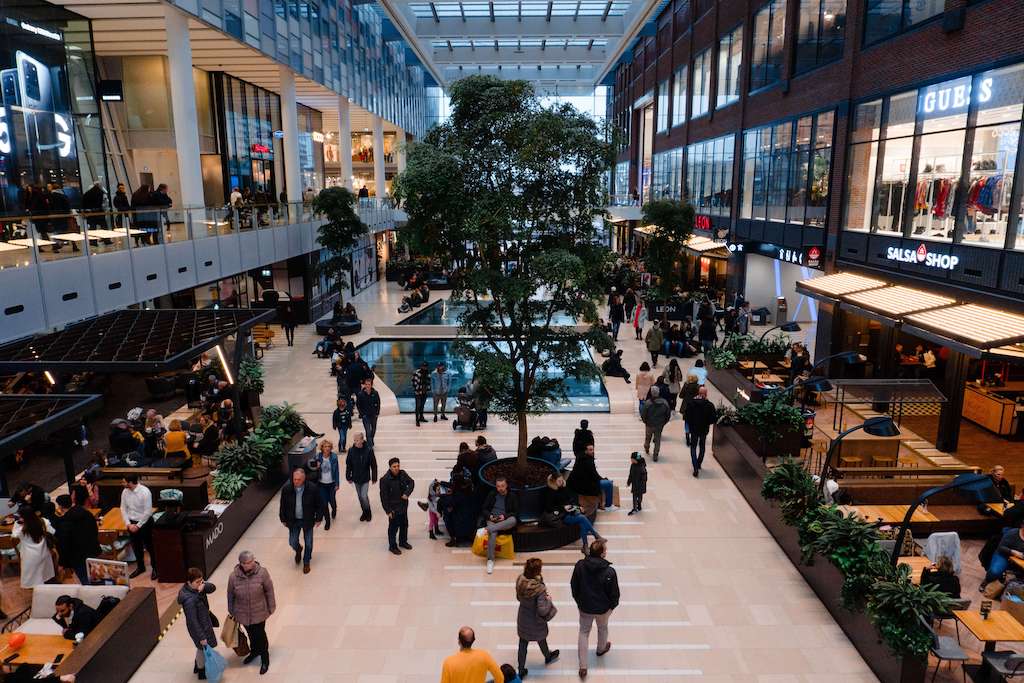
The Covid19 pandemic has resulted in businesses worldwide embracing digital transformation technologies and services. Digital transformation is the estimated future with the integration of digital technologies in all areas of a business. It will lead to improved operational processes as well as more value delivery to customers. With the increasing use of smartphones, one can leverage the Mobile Apps for Restaurants & Malls to Rebuild Customers Trust. In the post COVID world, this enables a more agile and intelligent way of doing business. To do so, one can use technologies such as advanced analytics and artificial intelligence (AI). The global digital transformation market has been growing rapidly with an estimate to be worth 2.3 trillion U.S. dollars by 2023.
Food industry and retail personnel find it difficult to work from home, causing them devising plans to reopen stores. This will happen while adhering to their local health guidelines. Maintaining distance, disposable gloves, having to sanitize hands, wear masks, temperature checks are few of the many protocols put in place to ensure the safety of the customers.
E-commerce and retail Business in the past few months have experienced an increase in popularity. Restaurants, bars, and malls are closed down with people staying home and everything has come to halt. But, with gradual unlocking and everything restoring to normal, businesses must focus on the 4Ss. Safety of Employees and Customers, Securing Supply of Employees, Sourcing the Right Inventory, and Securing the trust of the shopper. Restaurants & malls can adapt to mobile technology to deepen consumer loyalty and jumpstart sales. Retailers must go above and beyond to formulate safe shopping experiences that build trust with their customers, all while fulfilling orders effectively. Here are ways for Restaurants & Malls to leverage Mobile Technology and earn customers’ trust.
QR Code
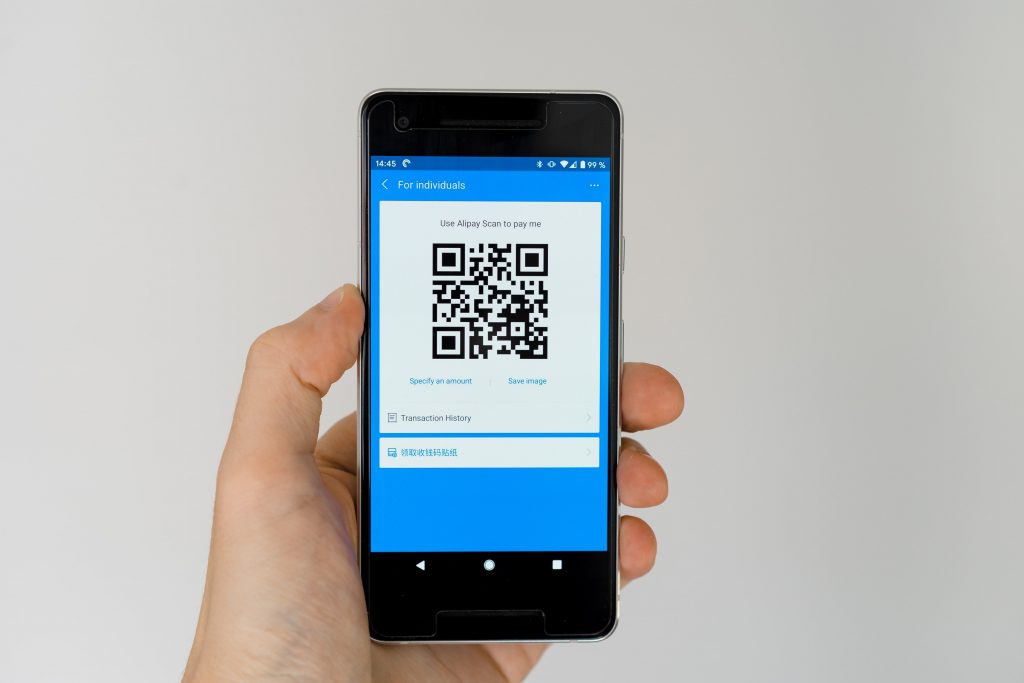
Barcodes have been in use decades, evolving into a newer version of popularly known as the QR code. Reason being, it is intuitive and has the capacity to hold a lot of data as compared to generic barcodes. Faster and much more reliable than legacy bar code, QR stands for the quick response. To use the QR Code, customers simply need to scan the code using their smartphone. Doing this they will immediately get the information encompassed in the image.
More and more countries are starting to implement QR codes in their fight against the coronavirus. The use of QR codes as a contactless way of interacting with the population to fight coronavirus. It is gaining recognition across industries proving it’s effectiveness while being cost-effective. Technology now plays a critical role in containing the pandemic. QR codes in Mobile Apps for Restaurants & Malls are at the front line fighting the coronavirus.
Contactless QR Code Menu at Restaurants
QR Code can be used to reduce contact. Restaurants owners can upload their current menu in the PDF and convert it into a contactless QR Code menu. This can prove to be beneficial for in-house dining. QR code usage reduces the need for touch screens or the customer’s need to touch the same menu hence. Thus, avoiding the coronavirus to spread further. Public venues can reduce the manipulation of objects by digitizing them, saving restaurants the trouble of printing up disposable menus.
QR codes and innovative contactless menus make the customer realize that times are not the same as before. Customers will surely compare and realise that the restaurant has innovated to meet customer needs based on current times. The fact that the restaurant has innovated to ensure much possible safety with the customer’s food, will make customers feel more comfortable and establishes trust.
Contactless Payments through Mobile Apps for Restaurants and Malls
On 3rd March, the World Health Organization asked people globally to go for cashless payments amidst the crisis. Digital, contactless payments are the new normal post-COVID-19 for businesses and enterprises to operate with.
A survey was held among Indians on “The impact of the COVID-19 and its consequent lockdown”. According to results, about 33% said they used digital payments more than before while 9% made online payments exclusively.
To promote contactless payment various eCommerce platforms and delivery apps have disabled the option of cash on delivery (COD). Customers can pay using credit or debit cards, UPI, net banking, e-wallets, etc.
Scanning a QR Code is another growing popular means of contactless payment. About 87% of U.S. shoppers now prefer to shop in stores with touchless options. Using location data mobile apps for restaurants & malls can service customer payment methods, once they’re in-store for a smoother, faster checkout.
To shun the transmission of the virus, contactless payments are widely being encouraged in the food industry. For example – KFC is using drive-thru extender payment pads to further limit contact between consumers and employees. As much as guests don’t want to hand over cards/cash to restaurant workers, the same is true of employees dealing with multiple consumers throughout a day. Even at its current state, the introduction and integration of contactless payment have become a definite way to increase user retention in payment apps.
Order Ahead Apps and Enhanced Order Pickup
Food places and brands around the globe have adopted different business models because of COVID-19. Order Ahead Strategy is one such million-dollar model with a promising head start. It has the potential to bring about positive changes to the dimension of the food and retail business.
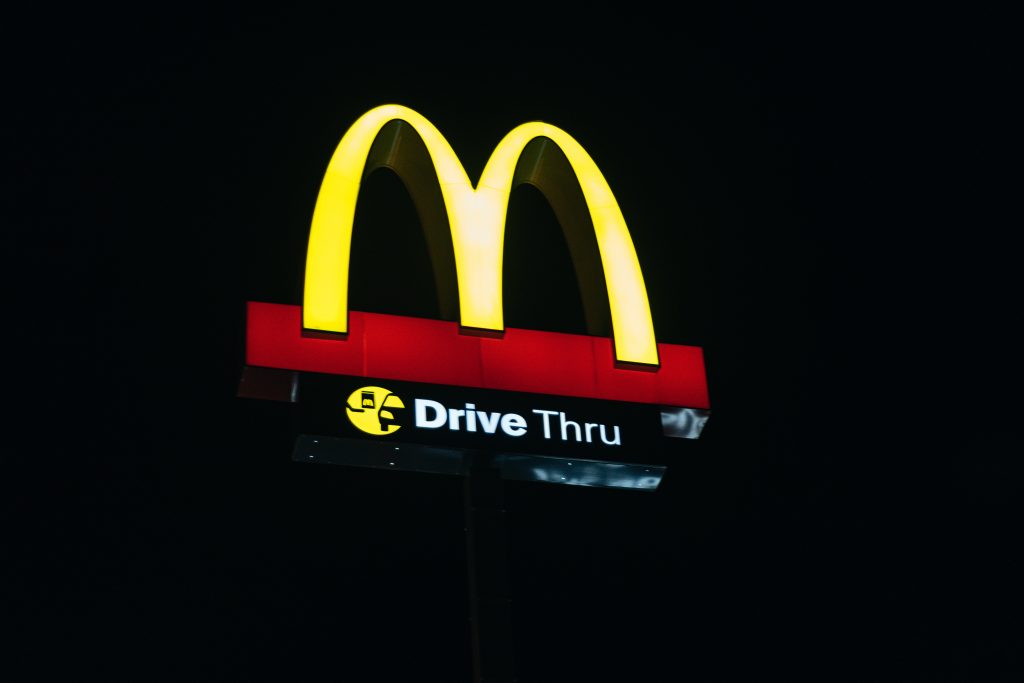
According to recent statistics, Order Ahead Apps and Enhanced Order Pickup have emerged to be the need of the hour.
About 50% of Gen Z customers were willing to try out a new restaurant if the curbside was an option.
80% of respondents of a study say they experience fear or anxiety walking into a store or restaurant in the present times.
88% of respondents of a study said they believe a drive-thru with four cars or more was a long line. Therefore they would prefer to order ahead while self picking up any order.
53% of consumers are downloading and using more apps to reduce interaction/contact with on-site staff.
People have visited the drive-thru more often after and amid the outbreak of the virus. According to report Gen Z trust drive-thru the most amid health and safety concerns related to COVID-19.
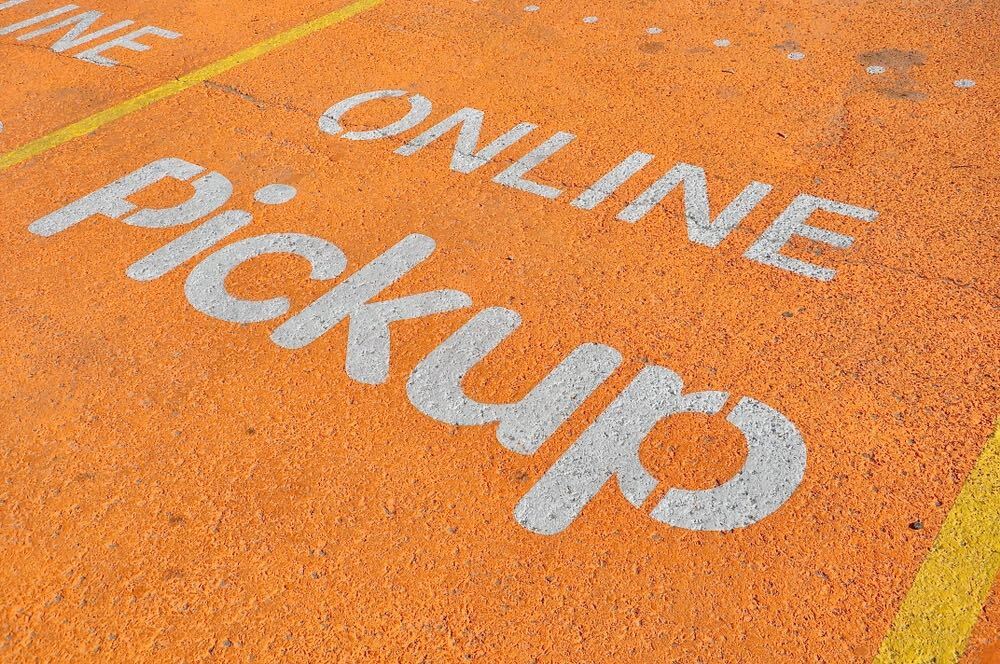
Solving problems like lack of time, space, and shortage of funds to invest in a third party for maximum reach of the business. This direct brand to the customer workflow of an order-ahead app has proven to be beneficial to both parties. With no third-party intervention, the benefits directly pass to the customers. Also not require the sharing of a user’s information for delivery purposes. Hence the data of the customers remain safe and secure. Order ahead app is the one true solution to the problems and shortcomings of customers and eating places and retail stores respectively.
Personalized Experiences through Mobile Apps for Restaurants and Malls with Alert on Capacity, Safety Info, and Tracking
In the Post- Covid-19 world, shopping in the mall is now a different experience. As malls and restaurants start unlocking post-Covid-19, safety measures are being taken up to ensure safety. Restaurants and Malls can opt and develop apps act like malls pass on a customer’s phone. This will enable security guards to help customers check-in and check-out. The app will also track their body temperature during their visit. You can also devise special wearable devices to do the same for the staff.
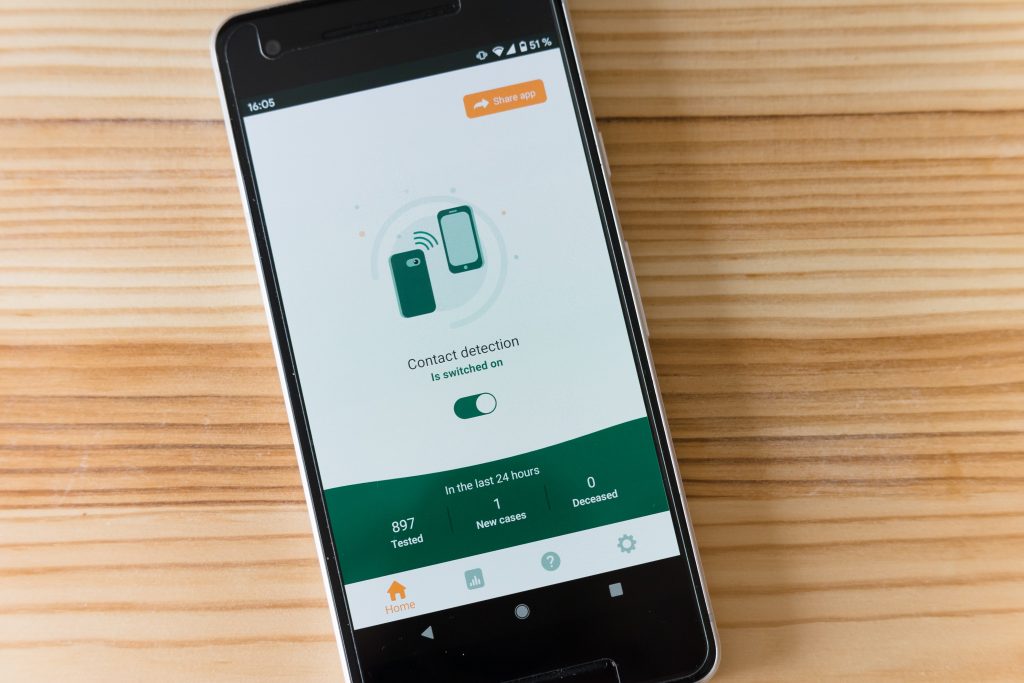
Usage of relevant mobile apps for restaurants and malls to serve consumers with content and information based on their location is another way to personalize the experience for a customer. This will not only help speed up the shopping experience but also minimize crowds.
For example, when a shopper steps in-store, their app may change to display loyalty program information. The app will also showcase other vital information, like safety protocols, to keep shoppers informed. A retailer can also send a push notification to their customers when their capacity is full. Once the store is vacant again, an alert will be shown on the app. The notification suggests customers when it’s safe to go in.
On reaching the mall, customers will need to scan a QR code on an app, verified through a one-time password. This allows the mall to track the visitor’s movement and ensure a history of their visit. The online tracking also informs and directs customers to leave a particular store to maintain the norm of social distancing. The app will also let you pay digitally, ensuring contactless payment.
Conclusion
As stores reopen, mobile technology is becoming a trusted resource for consumers. It is feasible and helps them with the experience of socially distant shopping during the pandemic. A solid digital app experience will give brands and restaurants a channel to engage with customers and battle their concerns. Doing so, they can take appropriate additional steps to make them feel safe, and win back their lost trust. Smart and relevant communications powered by location data show empathy and will play a key role in regaining customer confidence.
Yati Labs, as a mobile app development company, understands that the combination of the pandemic and apps is necessary for business survival. Unlike physical measures like masks and usage of sanitizer, the implementation of mobile technology in our day to day life is a promising change that is here to stay.
Mobile Apps have helped some business successfully thrive during the pandemic. At Yati Labs, we could help you design, develop and launch an app that suits your need. Incorporated with all possible contactless features to provide a smooth hassle-free experience to the customers. We work closely with our clients to define, design and develop transformative user experiences. To reach out to us, you can easily book a free consultation with our business experts. We look forward to discussing the future with you
